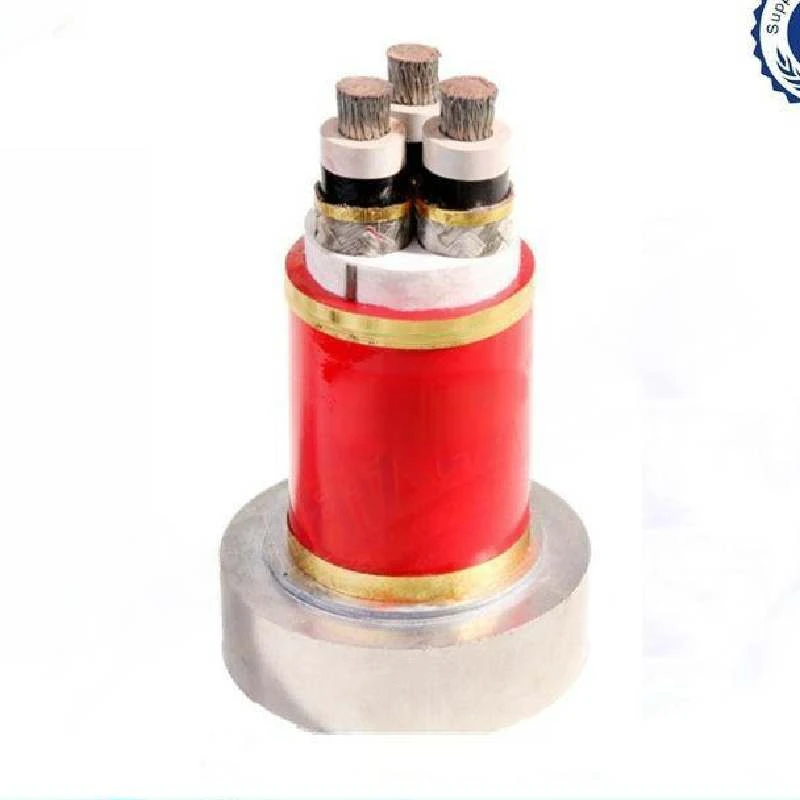Nov . 05, 2024 12:29 Back to list
3 way air valve
Understanding the 3-Way Air Valve Essential Components for Fluid Control Systems
A 3-way air valve is a crucial component in various fluid control systems, allowing for precise regulation of airflow in a variety of applications. Whether in industrial machinery, HVAC systems, or pneumatic operations, understanding how a 3-way air valve works can significantly enhance efficiency and performance.
What is a 3-Way Air Valve?
A 3-way air valve is designed to control the flow of air to and from different ports, facilitating the directional control of airflow. It typically has three ports one inlet and two outlets, which can be used to either direct air to a specific location or to exhaust it away from a particular area. The design of the valve allows it to function in multiple configurations, including diverting, mixing, or blocking airflow, depending on the application needs.
Types of 3-Way Air Valves
1. Normally Open (NO) In this configuration, the valve remains open when not actuated, allowing air to flow freely until a signal is received to close it. This type is useful in applications requiring continuous flow under standard conditions.
2. Normally Closed (NC) Opposite to the normally open variant, a normally closed valve is closed by default and opens only when signaled. This is ideal for applications where safety is paramount, as it prevents accidental air flow unless intended.
3. Changeover Valve This type allows the user to switch the flow between two different outlets, making it versatile for applications that require alternating air supply to different components.
How 3-Way Air Valves Work
The operation of a 3-way air valve can be mechanical, solenoid-driven, or pneumatic. When actuated, the valve alters the position of an internal disc or spool to open or close specific ports. There are several mechanisms that can be utilized for this purpose, including
3 way air valve

- Manual Actuation Users can manually turn a lever or knob to change the position of the valve, directing airflow as needed. - Electric Actuation Electric solenoids can be employed to automate the valve's operation, allowing for remote control and integration into larger automated systems.
- Pneumatic Actuation Compressed air can be used to actuate the valve, often in environments where electricity may not be suitable or safe.
Applications of 3-Way Air Valves
The versatility of 3-way air valves makes them suitable for a wide range of applications
- Industrial Automation These valves are commonly found in pneumatic systems for controlling cylinders, enabling machines to perform efficiently.
- HVAC Systems In heating, ventilation, and air conditioning systems, 3-way valves regulate the distribution of heated or cooled air, ensuring comfort and energy efficiency.
- Robotics In robotic applications, 3-way air valves facilitate precise control of motion and positioning by managing the airflow to actuators.
- Water Treatment They can also be utilized in systems that control the flow of air to aerate water, enhancing water quality for treatment processes.
Conclusion
The 3-way air valve is an indispensable component across many industries, providing critical control over airflow in various systems. Its ability to redirect, block, or mix air flows makes it a versatile solution for diverse applications. By understanding its functionality and types, engineers and technicians can make informed decisions when integrating these valves into their systems, leading to enhanced operational efficiency and safety. Whether for industrial machines, HVAC systems, or robotic applications, the 3-way air valve remains a key player in modern fluid control technology.
Share